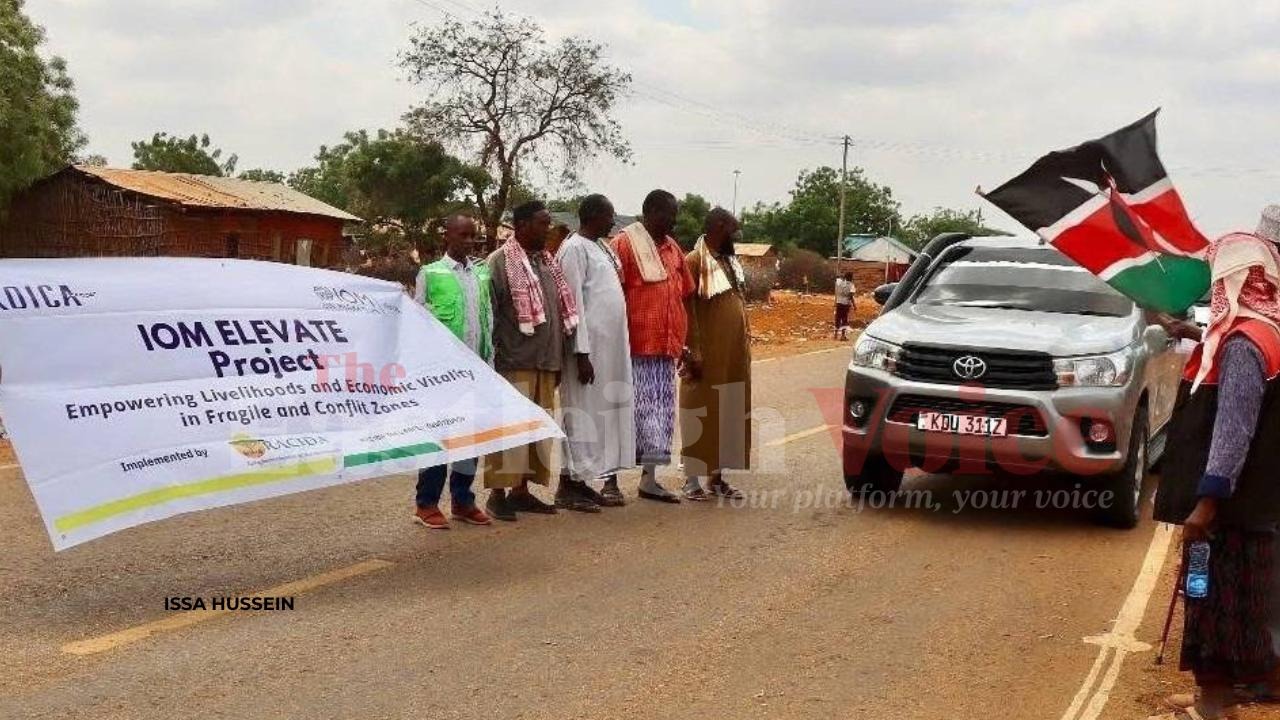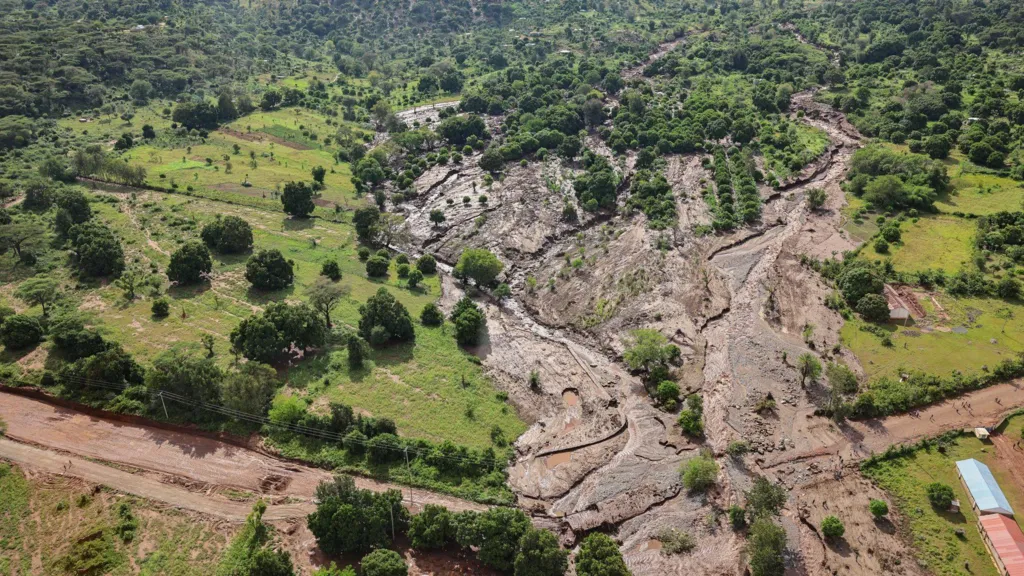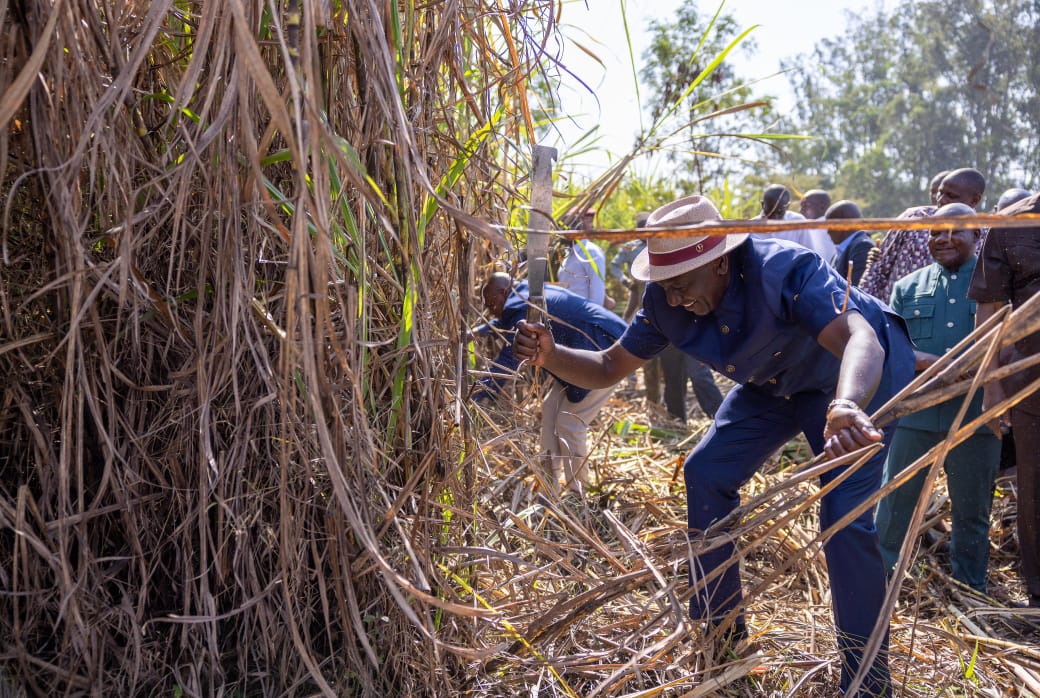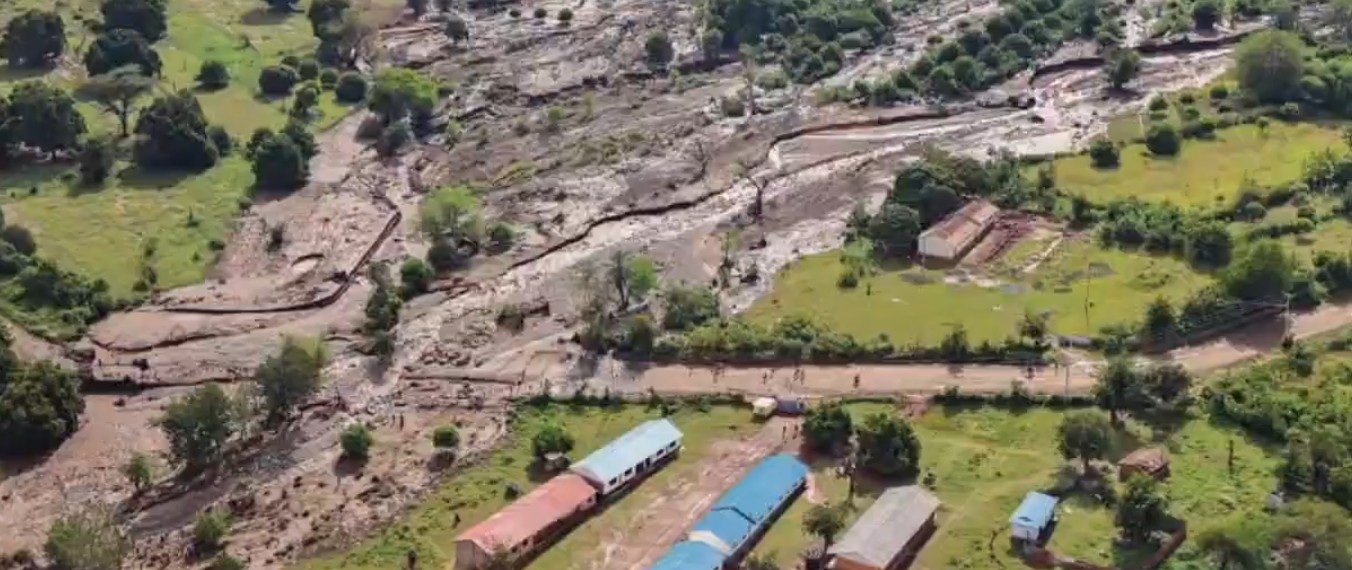New report shows Kenya losing Sh534 billion annually to deforestation, forest degradation

The report warns that the ongoing destruction of forests costs the economy at least three per cent of its gross domestic product annually.
Kenya is losing an estimated Sh534 billion annually due to deforestation and forest degradation, a new report has revealed.
The Forest Status Report 2024 which was released on Tuesday shows that the country loses an average of 84,716 hectares (209,337 acres) of forest each year to deforestation, while an additional 14,934 hectares (36,902 acres) suffer degradation.
More To Read
- Kenya among nine nations leading regional push to strengthen health systems against climate change
- Hurricane Melissa is a warning – why violent storms are increasingly catching the world off guard
- Turning food waste into energy key to climate goals, says UN report
- UN warns global climate adaptation funds running dangerously low
- Why countries struggle to ditch fossil fuels despite rising costs, decades of climate deals
- Explore earth in 2100: New online game lets you imagine the future
The report warns that the ongoing destruction of forests costs the economy at least three per cent of its gross domestic product (GDP) annually.
Key factors driving this loss include rapid population growth, encroachment, poverty, illegal logging, overgrazing, weak land tenure systems, and climate change-related disasters.
"Different drivers of degradation are manifested through various dynamics such as geographical aspects, land use practices, sociocultural activities, political and governance mechanisms," the report reads.
During the launch, Environment Cabinet Secretary Aden Duale pointed out the critical role forests play in Kenya's ecological and economic stability.
He noted that forests serve as vital water catchment areas, biodiversity hotspots, and carbon sinks but are under immense pressure from illegal activities and climate change.
To counter this destruction, the government has set an ambitious target of planting 15 billion trees by 2032 as part of the Forest Ecosystem Landscape Restoration Strategy.
"Through the Forest Ecosystem Landscape Restoration Strategy, we are committed to restoring 10.6 million hectares of degraded forest land by 2032," Duale stated.
"This initiative is aligned with our broader goals for increasing Kenya's tree cover from 12.13 per cent to 30 per cent and contributing to climate action," he said.
The report also highlights the threat posed by invasive plant species, which have covered an estimated 32,556 hectares (80,449 acres) of forested land.
Of this, only 4,595 hectares (11,354 acres) are currently under management. These species contribute to biodiversity loss, further weakening Kenya's forests.
Duale said the findings in the report will serve as a guide for future forest restoration efforts, ensuring that Kenya secures its forests for future generations while mitigating the economic losses caused by degradation.
Top Stories Today














































